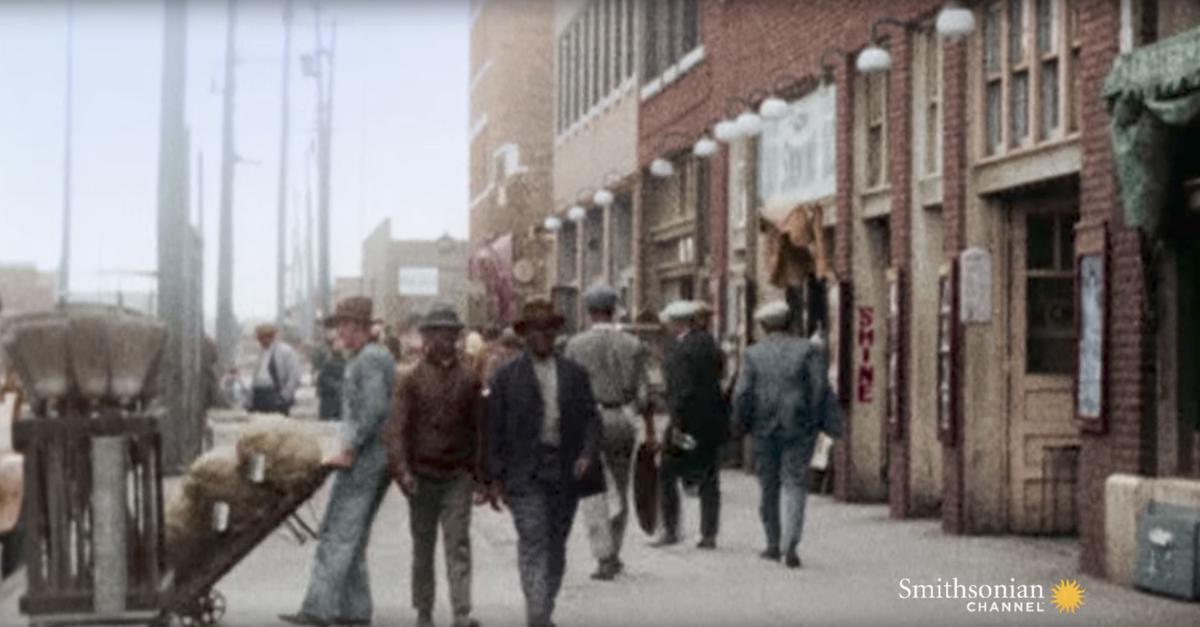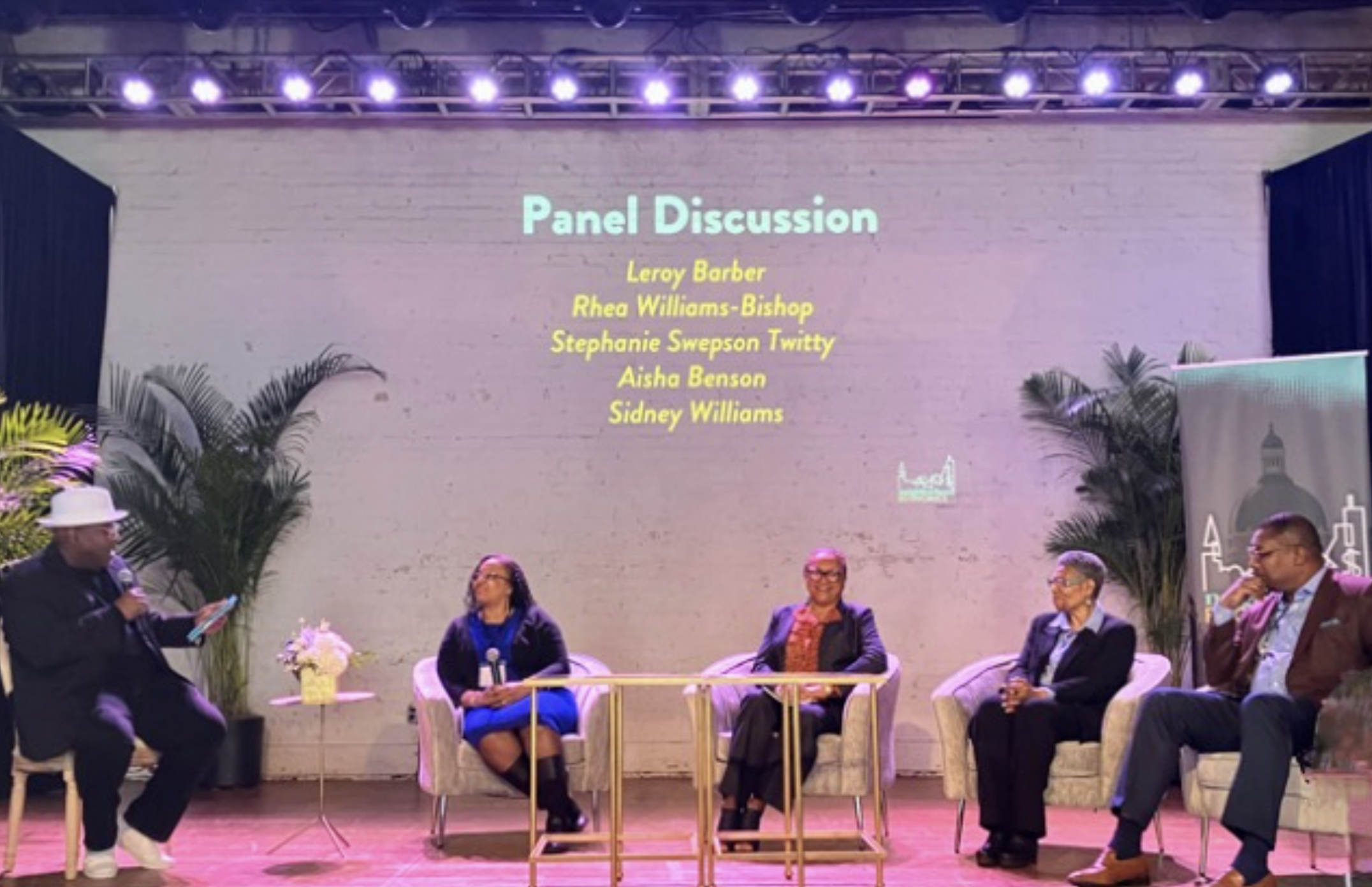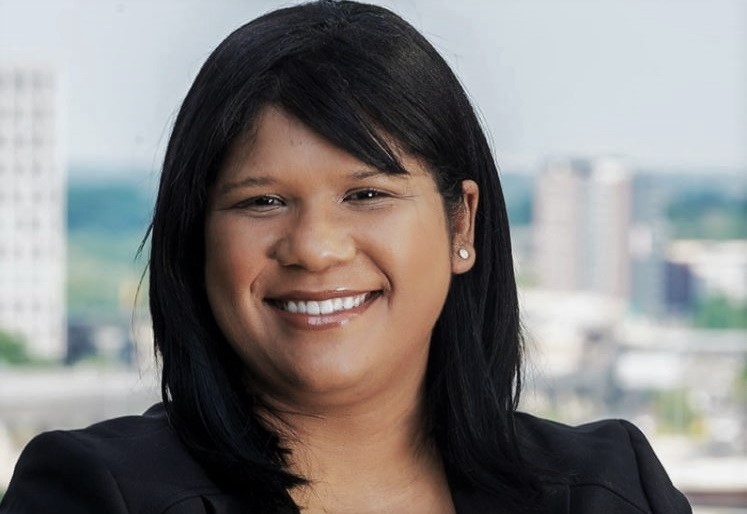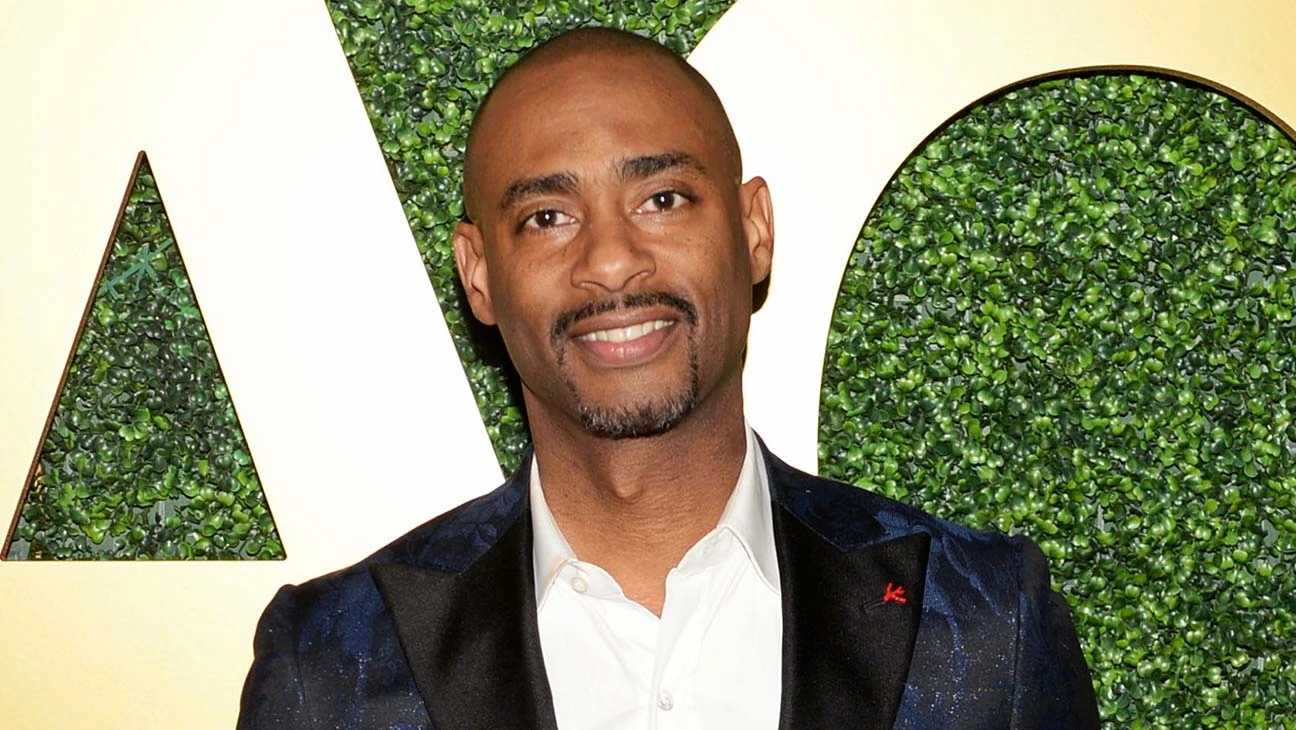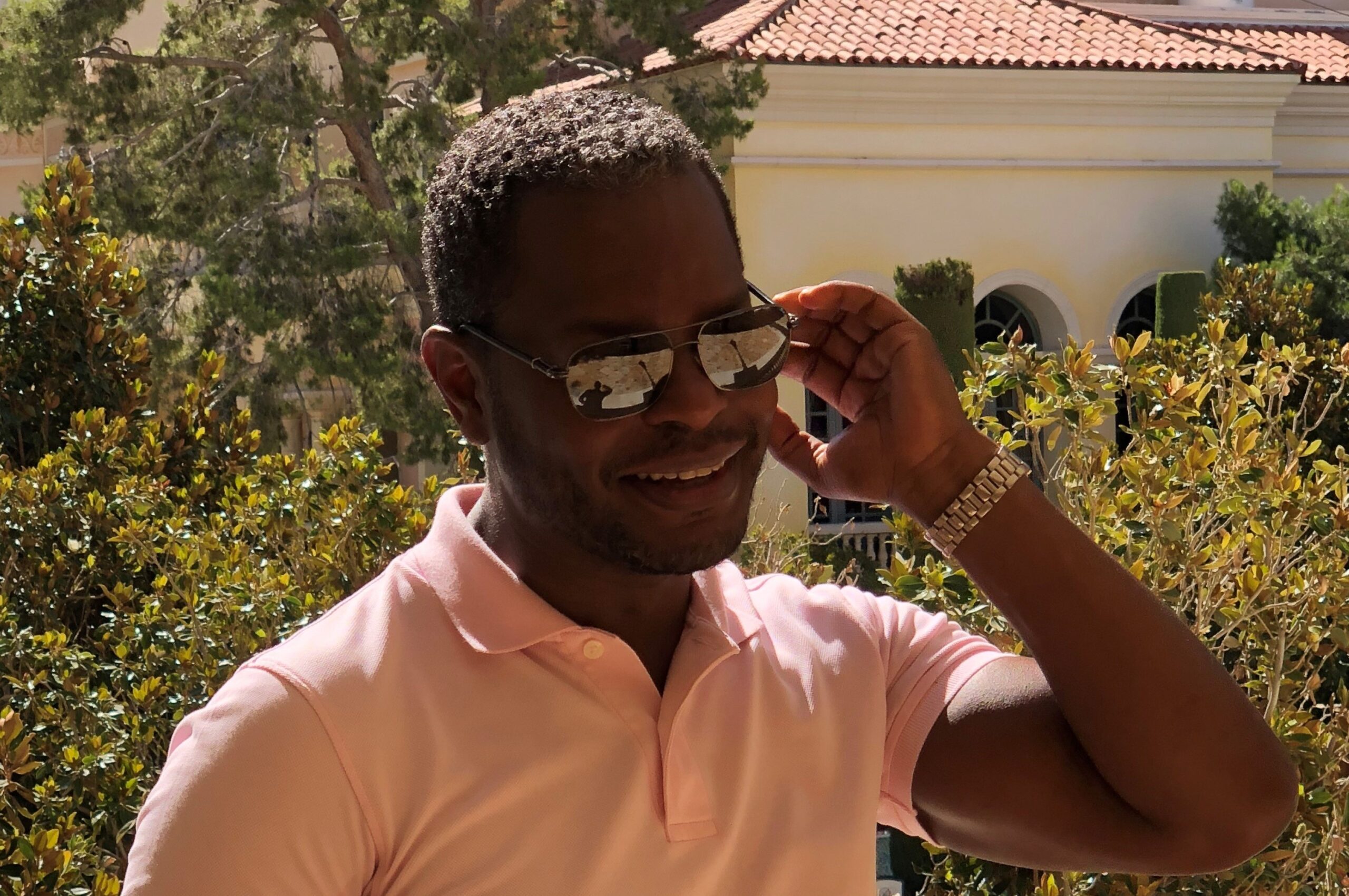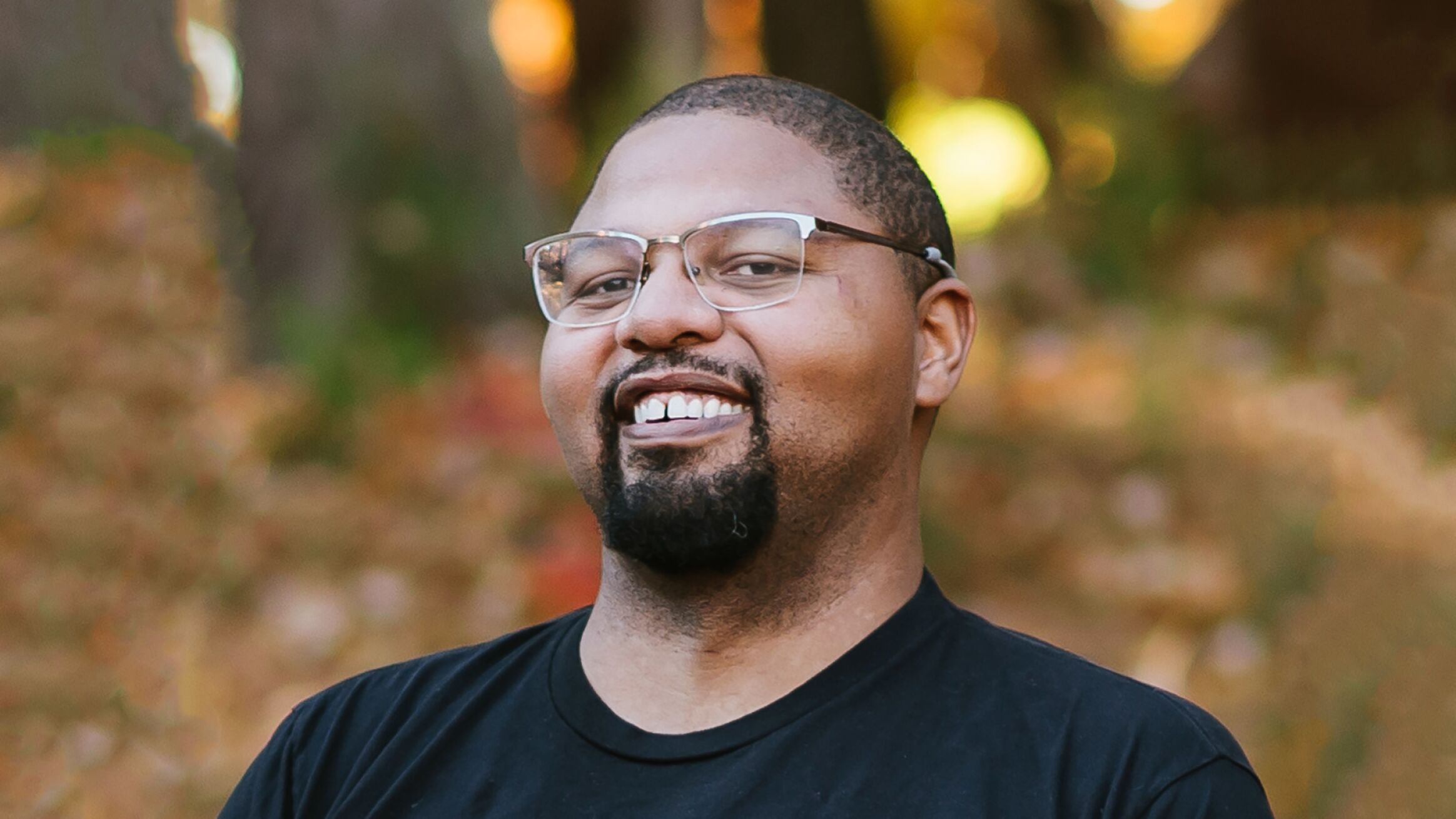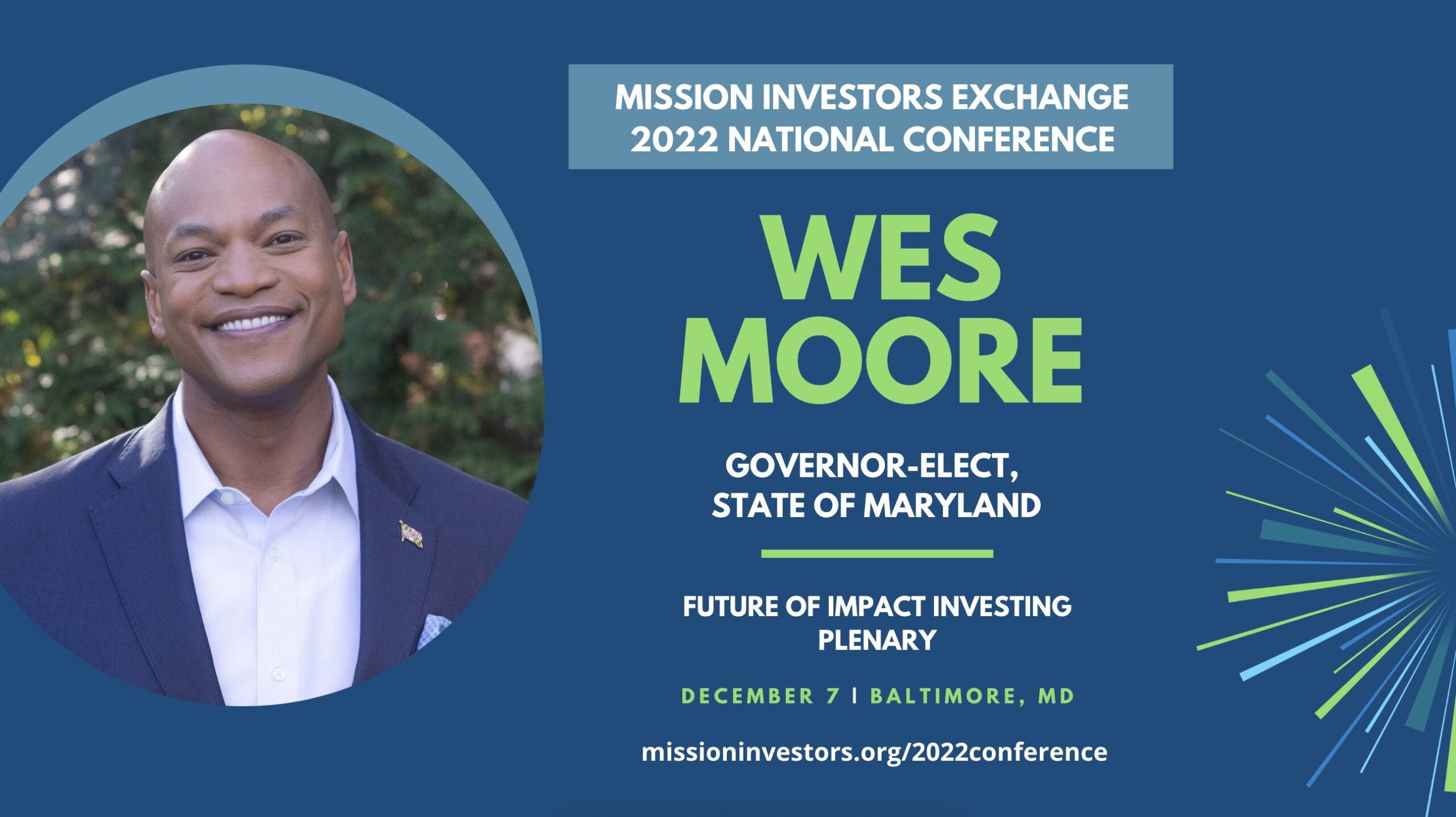ImpactAlpha, May 26 – Nearly 100 years ago, on May 31, 1921, Oklahoma’s Tulsa Tribune released a falsified news story describing an accusation by a white teen, Sarah Page, that Dick Rowland, a Black teen, had assaulted her in an elevator.
Rowland was falsely arrested. Lies spread throughout Tulsa about the accusation, inciting an angry mob of roughly 2,000 white people to gather at Tulsa’s courthouse. They demanded police release Rowland to them, so that they could take “justice” into their own hands.
At 10pm that night, a member of the white vigilante mob confronted a Black man who was departing with a smaller group that had come to the courthouse to offer protection to Rowland. Shots went off.
Over the next 48 hours, white terrorists systematically pillaged and burned nearby Greenwood, Oklahoma, murdering its Black residents and razing homes and businesses. Coined Black Wall Street, Greenwood was known across the nation as a community where Black-owned businesses, place-based investing, and creative entrepreneurship had thrived for nearly 20 years before May 1921.
“I could see planes circling in mid-air. They grew in number and hummed,” describes B.C. Franklin, a prominent lawyer who wrote down his eye-witness account years later, describing in harrowing detail an aerial attack that rained fire from the sky. “Lurid flames roared and belched and licked their forked tongues in the air. Smoke ascended the sky in thick, black volumes…”
In two days, at least 300 people were murdered and more than 800 were injured. “For fully forty eight hours, the fire raged and burned everything in its path and it left nothing but ashes and burned safes and trunks and the like where once stood beautiful homes and business houses,” recounted Franklin. “And so proud… black Tulsa was destroyed by fire — that is its buildings and property; but its spirit was neither killed nor daunted.”
As we remember the atrocities of the Tulsa Race Massacre and commemorate those who were lost, living survivors, and descendants of survivors, this special edition of The Reconstruction podcast delves into the events leading up to and following one of most violent mass homicides in American history. Drawing from one of the central teachings of racial justice work, we recognize that a just Reconstruction is not possible without understanding how the country’s past has shaped its present. Without unravelling and examining the past, patterns of injustice will continue to haunt us in the future.
The Reconstruction podcast welcomes Dr. Tiffany Crutcher, founder of the Terence Crutcher Foundation, and Greg Robinson, director at the Met Cares Foundation and former Tulsa mayoral candidate. As a descendant of a massacre survivor, Dr. Crutcher brings her deep wisdom on the impact of the massacre on survivors and descendents.
“My great grandmother Rebecca Brown Crutcher, who was there at the time, she was a teenager,” reflects Dr. Crutcher. “And she had to flee in fear for her life… I often just sit back and ponder and wonder: what was she thinking? What was it like being just in the middle of sheer terror – racial terror, violence – and having to leave everything that you once owned – your business, your home – just so you could survive? And I’m so thankful that she did, or I wouldn’t be here today.”
Dr. Crutcher’s twin brother, Terence, is one of the 1,512 Black Americans reported as killed by police between 2015 and today. Terence Crutcher was murdered by Officer Betty Shelby in 2016 while his hands were up in the air. The Foundation, established in his honor, works with community, law enforcement, and policymakers to surface and address inequities that affect BIPOC in Tulsa and nationwide.
Through the Met Cares Foundation, Robinson works to build generational wealth, community ownership, and economic opportunity for North Tulsa families. Robinson is a community organizer and activist who also worked on the 2012 Obama re-election campaign. During his campaign for mayor of Tulsa in 2020, Robinson developed a community-centered strategy that emphasized participatory budgeting, bringing an equity lens to health and education policies, and reimagining public safety.
Robinson and Dr. Crutcher are working in collaboration with leaders organizing the Black Wall Street Legacy Festival, which begins May 28th. The festival centers the people that were most affected by the massacre: survivors and their descendants. Together, Robinson and Dr. Crutcher weave a vivid picture of Tulsa’s violent history and the threads of tragedy and inequity that continue through today.
The immediate aftermath
Surviving documents only give us a glimpse of the damage to families, livelihoods, and assets resulting from the Tulsa Race Massacre. Working to understand the details helps shape a clearer picture of the magnitude of destruction and how the systemic injustices surrounding it prevented wealth from accumulating across generations.
As a result of the massacre, more than 10,000 Black people lost their homes and were forced into internment camps with inadequate medical care, in part due to the destruction of Greenwood’s hospital, one of the only local medical centers open to Black Tulsans. At least 60 businesses were ravaged by the white mob, as was a school, the hospital, a public library, many churches, and much more.
According to data collected in the 2001 Report by the Oklahoma Commission to Study The Tulsa Race Riot of 1921 (the Commission Report), the mob burned 1,256 houses and looted another 215, and looted and robbed at least 314 buildings (worth a view: “What the Tulsa Massacre Destroyed,” from The New York Times).
The Commission Report notes that Greenwood residents filed an estimated $2.2 million ($29.5 million in today’s dollars) in property and business damage – which only reflects the fraction of losses recorded through claims with the city or private insurance. However, more holistic calculations estimate that assets worth roughly $150-$200 million, in today’s dollars, were destroyed or stolen.
In the early days after the massacre, Tulsa signalled its willingness to provide restitution for what was destroyed. “Tulsa can only redeem herself from the country-wide shame and humiliation … by complete restitution of the destroyed black belt…” said Judge Loyal J. Martin in 1921, according to research by Dreisen Heath at Human Rights Watch. Judge Martin was chairman of Tulsa’s Executive Welfare Committee, which was formed on June 2 that year through the Tulsa Chamber of Commerce to formulate a response to the murder and destruction. “Tulsa weeps at this unspeakable crime and will make good the damage… down to the last penny.”
But racism won. In the halls of justice, only one person was charged and tried for a crime. All insurance claims were denied, except for that of one white pawnshop owner, who received $3,994.57 for ammunition taken from his shop, writes Heath.
“Our ancestors – none of them, none of the survivors – received any restitution,” Dr. Crutcher tells Aiken. “No… atonement. But, yet they allow the white people to file insurance claims just simply for the ammunition….”
In the seats of government, not only did initial promises of restitution evaporate in months; policy leaders instead began plotting theft. In addition to attempting to pass rules for new construction intentionally designed to prevent Greenwood’s property owners from rebuilding, they planned to move the rightful owners to a new district and use the land for a railroad station. This complete reversal in response was documented in a 1921 Red Cross report and Tulsa Chamber of Commerce meeting minutes that were donated to the Greenwood Cultural Center in 2019.
Working from a tent in the rubble near his former offices, B.C. Franklin was among a group of lawyers who challenged the zoning ordinance in court. Although he and his team were successful, surviving families of the massacre have received no restitution to this day.
“Urban renewal”
Despite all of this, the people of Greenwood rebuilt, working to carry its legacy of entrepreneurship forward. But in the 1930s, redlining maps by the Homeowners’ Loan Corporation systematically demarcated Black neighborhoods nationwide as “credit risks,” locking them out from access to mortgage loans. In the 1950s-70s, government sanctioned demolition and highway construction during America’s “urban renewal” efforts — more accurately, urban removal – attacked it again.
Through these programs, the city of Tulsa was supported by federal government resources to destroy areas characterized as “slums” or “blighted” and replace them with projects meant to spur economic development. Later, highway construction displaced more Greenwood residents and geographically ripped the neighborhood apart. It also displaced many families and businesses.
Greenwood was among many Black communities that thrived in the face of extreme racial violence and were ultimately targeted for decimation by urban removal programs, which used eminent domain to drive out families from their homes and communities nationwide. Too often, property owners received nothing for their loss or were compensated less than the fair value. Black people accounted for 55% of people displaced in 1960, even though they were 13% of the American population, according to Brent Cebul in the Boston Review. Durham’s Hayti District (NC), Dallas’s Tenth Street (TX), and Richmond’s Jackson Ward (VA) are also among the many thriving Black communities that were razed.
Greenwood was also not alone in enduring extreme racial violence. In 1923, a hauntingly similar story of destruction unfolded in Rosewood (FL), where a white mob murdered six Black people in the prosperous town after a white woman falsely accused a Black man of assaulting her. After listening to testimony of the rape, murder, arson, and looting in the 1990s, Florida’s elected officials acknowledged the need for restitution. In addition to compensating victims $150,000 each, they created a $2.1 million scholarship fund in 1994.
Black Wall Street
As we imagine a future guided by justice, we also remember Black Wall Street as a story of triumph against violent forces in segregated Oklahoma, which passed its own Jim Crow Laws after gaining statehood in 1907.
History marks the beginning of Black Wall Street with O.W. Gurley, who left Arkansas for Tulsa in the 1890s, after land stolen from Indigenous peoples was made available for purchase by the federal government. After initially settling 80 miles outside of Tulsa, Gurley bought over 40 acres of land in Tulsa when the local oil boom brought more settlers and the potential for prosperity. At the time, Oklahoma was home to more than 50 all-Black towns in Oklahoma, 13 of which still exist today.
“It was thought at a certain point that Oklahoma may be brought into the Union as the first Black state,” Robinson tells Aiken on the podcast.
Gurley re-sold the land in parcels to Black Oklahomans only, as part of a broader vision he shared with others to create a haven made by and for Black people, many of whom had traveled to Oklahoma to escape the lynch epidemic of former slave-holding states.
Among the world-renowned experts and entrepreneurs that lived in and built Greenwood were John and Loula Williams, the owners of the Dreamland Theatre; J.B. Stradford, whose great-grandson, John Rogers, founded the first black-owned mutual fund, Ariel Investments, in 1983; and Dr. A.C. Jackson, a brilliant surgeon. On June 1, 1921, Dr. Jackson was murdered outside of his home while his hands were up, by a group of white terrorists. An eye witness named one of them as a current or former police officer.
Segregation enforced the economic bubble, confining Black Oklahomans to areas like Greenwood and preventing them from spending money elsewhere. With its own luxury shops, restaurants, grocery stores, hotels, jewelry and clothing stores, movie theaters, library, hospital, two news publications, a bank, and school system, Greenwood became known as an entrepreneurial hub rivaling New York. Six families also owned private planes.
Greenwood’s success did not go unnoticed by their white Tulsan neighbors. “I’m going to take us to 1918 when there was a Ku Klux Klan rally just west of the Greenwood district,” says Robinson. “And if you can imagine the Klansmen there gathering, looking to their east and seeing the most fabulous Black community in the United States of America…. And so certainly, there was an anxiety that lived amongst certain white people within not just the city of Tulsa, but across the country, about what was happening in Tulsa.”
The cover-up of a massacre
Oklahoma government and city officials, business leaders, newspapers, and the educational system were among those that actively attempted to erase the Tulsa Race Massacre from America’s history. But a cascade of circumstances in the 1990 and early 2000s resurfaced the events, including the work of journalist and state representative Don Ross, national reporting associated with the Oklahoma City Bombing, the massacre’s 75th Anniversary, and the publication of the Commission Report.
The “silence is shattered, utterly and permanently shattered,” the Commission Report says, in a section compiled by historian Danney Goble.
As the first large-scale effort to document events, the Commission Report team and volunteers, which included descendants of survivors, surfaced lost and forgotten documents and found more than 100 living survivors at the time. Archaeological analyses also identified several potential mass grave sites. But an investigation into those sites only began in 2018. In 2020, at least 12 wooden coffins were found in a mass grave in Oaklawn Cemetery near Greenwood. The investigation isn’t over.
Today, largely due to government-led urban removal, much of Greenwood’s original 35 square blocks are owned by the city of Tulsa, the Tulsa Development Authority and the state university system.
The past repeats itself
Dr. Crutcher saw the history of her family and community repeat itself in 2016 after her unarmed twin brother, Terence, was shot and killed by Officer Betty Shelby on September 16 while his hands were up in the air.
“This trauma reverberates through my family’s history,” reflects Dr. Crutcher. “Dating back 100 years ago… fast forward, in 2016, my twin brother, Terence Crutcher was killed by the same police department, the same state sanctioned violence… that burned down my great grandmother’s community…. I’ve drawn so many parallels between what happened in 1921 and what happened in 2016. A mob of white police officers [rushed to] to my brother with his hands up and just killed him in cold blood. There was a helicopter looming over my brother and his vehicle with police officers in that helicopter saying that he looked like a ‘bad dude.’”
The horrific video footage shows officers, including Shelby’s own husband, Dave Shelby, speaking casually about tazing Terence Crutcher before referring to him as a “bad dude” from their helicopter far away in the sky. Seconds later, Terence Crutcher is murdered.
In addition to being found “not guilty,” Officer Betty Shelby continued to work as a police officer and even received compensation for days she missed during the trial. “Betty Shelby… received restitution,” Dr. Crutcher shares in grief. “She got back pay. She received reparations. She got her record expunged. And she started teaching other police officers how to survive the aftermath of a critical incident.”
Officer Shelby’s verdict was openly celebrated in the city. “I remember looking up at the Mayo Hotel… that night,” remembers Robinson. “There was an after party thrown for Betty Shelby at that time, and I remember looking up and crying with my wife and… saying, wow, that’s what you get for killing innocent black men. You get a party thrown for you in the nicest Hotel in downtown Tulsa.”
The violences of repeating history continue today, a day after the one-year anniversary of George Floyd’s murder, as city officials of Tulsa prepare their own upcoming Centennial Commemoration event. The event, which received at least $1.5 million (as of 2019) in government funds and many private grants, features “a long list of individuals who don’t respect Black people. Their track record shows that they don’t serve the best interest of Black people…. They don’t utter the words Black Lives Matter,” Dr. Crutcher says. “And I’m not just really just throwing paint on the wall. I’m telling you what we’ve seen, if you look at their voting records.”
Among Tulsa’s accountability failures is its continuing refusals to provide restitution to the survivors and their descendants. “It divides the community on something we really need to be united around,” says Mayor G.T. Bynum, who won re-election against Robinson in 2020.
Instead, Bynum is dividing the community by supporting plans that will use public funding – and many millions more in financial incentives, such as tax credits – to “revitalize” Greenwood through economic development strategies that may lead to gentrification, the urban removal of the 21st century. Bynum plans to develop property in Greenwood owned by the city to, among other things, bring a “BMX Olympic arena and headquarters to Greenwood,” writes Heath.
The residents of Greenwood have voiced their protests about the city’s economic development efforts over and over. In addition, a Washington Post report found that an estimated “$42 million in city tax incentives and loans” associated with this development have enriched mostly white entrepreneurs and developers.
“The same culture that burned down… my great grandmother’s community is the same culture that killed Terence Crutcher. And they still, to this day, tell us ‘get over it…. Why are you holding… a community accountable for something that someone else did 100 years ago’? They continue to tell my family, ‘why are we still talking about Terence Crutcher almost four and a half years later? They need to get over it, he deserved to die.’ It is the same white supremacy culture that we deal with today that was so blatant 100 years ago. And the fight continues.”
Community-centered action
Honoring authentic action, survivors and their descendents, Tulsa activists, and leaders centered on those with lived experience have created the Black Wall Street Legacy Festival and continue to fight for reparations.
“We decided to create our own table and truly show honor in an authentic way,” says Dr. Crutcher. “And so we are honored to kick off on May 28th, with the Black Wall Street Legacy fest, with the Memorial March, actually led by the three last known living survivors. And I have to always say their names. Mother Viola Fletcher. Mother Lessie Benningfield Randle. And Hughes Van Ellis. We call him Uncle Red.”
In addition to engaging with many stakeholders to address systemic inequities, the Terence Crutcher Foundation works to change narratives that perceive Black men as “bad dudes.” Instead, the Foundation renames and reframes BAD to stand for Belief, Attitude, and Determination, recognizing Black men for what they are: achievers that need justice and fair investment.
The “entire Crutcher family gave us a gift,” says Robinson. “They have taken their brother’s blood, their son’s blood, and they have made it our blood, as well. I firmly believe that it is because of that sacrifice that we will ultimately not only see justice for the Crutcher family, but…. that we will ultimately finally get the long overdue justice for the ancestors, the descendants and the survivors of the Tulsa Race Massacre.”
The Foundation, which was founded by descendants and residents of Greenwood, also started a school, the Greenwood Leadership Academy.
Together, the three known survivors have recently filed a lawsuit against the city, seeking justice and reparations. “I will never forget the violence of the white mob when we left our home,” says Viola Fletcher, 107 years old, in testifying before Congress on May 19, 2021. “I still see Black men being shot, Black bodies lining the street. I still smell smoke and see fire. I still see Black businesses being burned. I still hear airplanes flying overhead. I hear the screams.”
“I have lived through the massacre every day. Our country may forget this history, but I cannot. I will not, and other survivors do not. And our descendants do not.”

